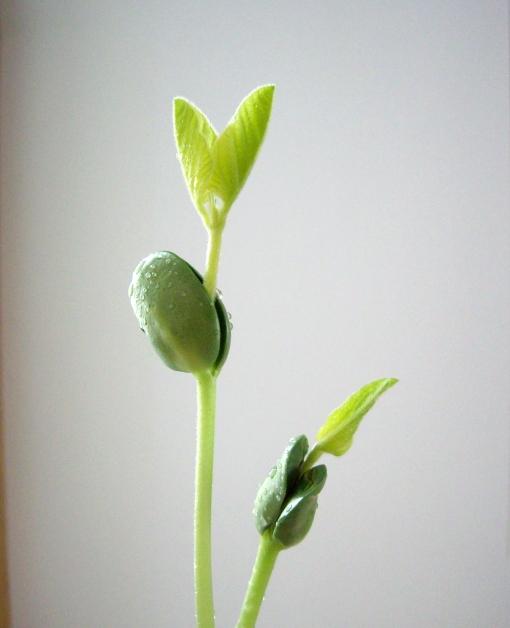Oh, the terrible things we do to food. It just makes you want to shadow the stuff from seed to plate, if you only had the time. Thankfully, we have the good people at Cornucopia Institute to do some of the heavy lifting on this one.
Recent articles, notably in Mother Jones, based on the study by the Cornucopia Institute)(http://cornucopia.org/soysurvey/OrganicSoyReport/behindthebean_color_final.pdf) have blown the lid off of the soyburger industry and its dirty little secret. As people have been pushed to try soy based burgers as a healthy alternative, the industry that makes them has been using hexane and often acetone in their processing. This process leaves measurable residues of these neurotoxic chemicals in the burgers, despite the manufacturers theories that they must just evaporate in cooking. Unless your soyfood is labeled as organic, not “contains organic ingredients” or “made with organic soybeans” it may well be part of this hexane tinged group. In fact, the Cornucopia study reports soy protein bars, powders, and infant formulas have been found to have 10 times the acceptable limits.
Yumm!
Hexane is listed as a “hazardous air pollutant” by the EPA, and at this time, 70% of the hexane emissions in the country are from the soy and grain processors-not the gasoline manufacturers. Hexane converts to ozone and is a danger to the people who have to work and live around it. This fact alone is a good reason to stop supporting its use by buying these products.
Why on earth would a healthy, natural food need to have a neurotoxin hidden in the mix? It’s all about getting the fat out. Our freakout about fat motivates the market, as your typical healthy shopper wants a nice, low fat content on the label. The soybeans are processed in a hexane bath, which strips the oil out of them like a good solvent should. The remaining denuded protein is then processed further to make the fat free soy powders and chunks that consumers think will keep them slim.
Is this shocking news? I know it dates me, but back in the 80’s I lived in soybean land (Central Illinois) and everybody in my healthy food world knew that the burgers and powders were made with solvents. The soy juggernaut was all about making cheap soy oil, and once the oil was out, the manufacturers had lots of fibers and protein left over. The earliest burgers were widely shunned in the whole foods world because they were known to be solvent extracted and crazy over-processed. We had groovy tofu burgers we made by hand, and okara burgers made from the stuff leftover from making soymilk.
Unfortunately, the things people do to soy, and the sick foods that they produce, just pile on the bad news for soy. The innocent bean, rich in protein and oil, packed with beneficial plant chemicals, gets a bad rap because manufacturers make bad decisions. And then they keep it secret, so nobody feels very trusting.
The side issue in the Cornucopia report is the sneaky way that manufacturers sidestep organic rules, and buy suspicious soybeans from China that are probably not organic. Lots of familiar brands are participating in practices that organic consumers would find appalling, and the PDF link above will take you to that eye-opening list.
Just as before, whole soy is good, tofu, tempeh, edamame, soymilk, miso, etc are really healthy, safe, and natural. “Natural” products like Clif bars and Amy’s soy burgers are not-but they shamelessly market themselves as such.
The mantra is the same-eat real food, not messed with, and keep it low on the food chain. Don’t immerse your food in paint thinner to strip out the oils. A little water will do a much better job in the kitchen.
Burgers that use Hexane:
Amy’s Kitchen
Boca Burger, conventional
Franklin Farms
Garden Burger
It’s All Good Lightlife
Morningstar Farms
President’s Choice
Taste Above
Trader Joe’s
Yves Veggie Cuisine
Hexane-free products:
Boca Burgers “Made with organic soy”
Helen’s Kitchen
Morningstar “Made with organic”
Superburgers by Turtle Island
Tofurky
Wildwood
Or, try this very simple, easy-looking recipe at Foodista!







